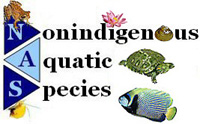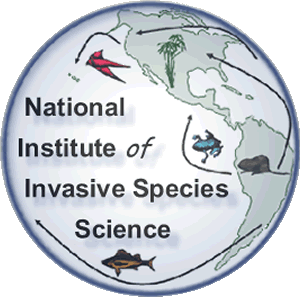Identification | Sightings | Data | Maps | Models | Control | Restoration | Education | Get Involved Economics | International |
|
 |
|
Natural ecosystems are under siege by many harmful species of plants, animals and diseases. The impacts of invasive species are second only to habitat destruction as a cause of global biodiversity loss. The current environmental, economic, and health costs of invasive species could exceed $US138 billion per year, more than all other natural disasters combined. Notorious examples include:
Hundreds of new species from other countries are introduced intentionally or accidentally into the US each year. And many species originating in the US have been introduced into other parts of the world. This threat intensifies the need for scientists, managers, and the many stakeholders to rally together to build better systems for invasion prevention, improve early detection of invaders, track established invaders, and coordinate containment, control, and effective habitat restoration.
|
This NBII site is developed and maintained by the
Center for Biological Informatics of the U.S. Geological Survey
|
|
Text-only
NBII Disclaimer and Privacy Statement |
Accessibility |
FOIA
![]()
![]()
![]()
![]()
![]() To view Portable Document Format (PDF) files, you will need to download Adobe Acrobat Reader.
To view Portable Document Format (PDF) files, you will need to download Adobe Acrobat Reader.




